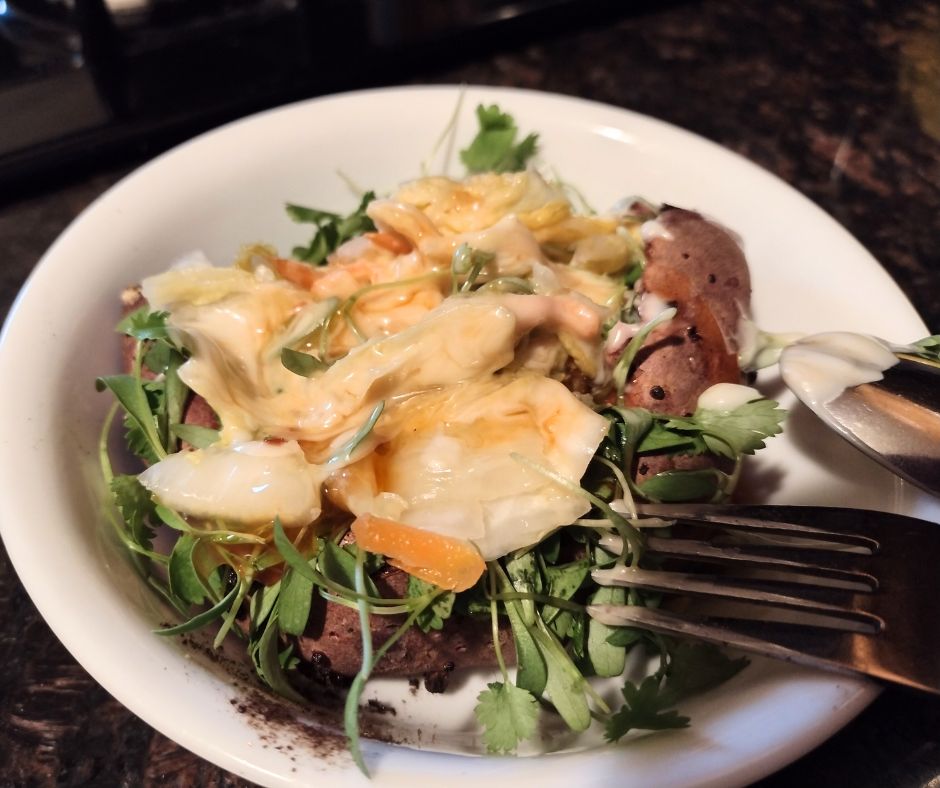My third year summer, I had an attending who charged his clinicians with bringing something to personalize their exam rooms. He said that patients will often remember and go back to their doctors that they could make a connection with, and personal touches in the exam space was one way to help that. So that summer, I brought in a photo of my family that we had taken at Disney World and placed it on my already crowded countertops every day I worked with that attending.
Not one of my patients then commented on that picture, but the idea of making my space welcoming for myself and my patients stuck with me since.
I haven’t talked about bringing pictures or mementos to clinic to my clinicians, but I have commented here and there on the importance of exam room image. It’s one thing for a clinician and doctor to look well-kept and presentable to patients. It’s another thing when multiple of my attendings that third year actually spoke of how the first impression of an exam room could help foster student-patient interactions by instilling confidence in yourself – or not. You can be the best clinician in the world, but if your room looks like a mess with paper towels, used sodium fluorescein strips, and trial lenses all over the space, many of your patients will be put off and consider seeking their eyecare needs elsewhere.
Now when I see patients, I generally keep the desktop areas clear. What equipment is out (usually just my transilluminator, retinoscope, pinhole occluder, near card, and BIO) has its own designated space and I put things away right after each use. I leave all my other equipment in a drawer to pull out as needed. If I have to leave a patient momentarily in the exam room. I bring the room lights back up and make sure the patient chair is all the way down and slit lamps and chairs are all out of the way of the patient’s access to the door. You want to ensure your patient can easily exit in case an emergency occurs.
I know of doctors who, at their private practices, have painted their rooms specific colors to hep elicit a calming effect on patients. If you know of feng shui, then you’ll know that a lot of red colors and tones tend to bring out more aggression and anger – probably not the best emotion you want to evoke during exams.
The idea of being mindful of your work space is part of a greater overall consciousness of making your space your own and making it work for you. Since I have a desk I typically work at that’s not an exam room, I Have continued to keep the practice of keeping my space mostly clear of paperwork and everything put away in its place until needed, including my laptop and phone. My only ‘decor’ are two plants and a turtle a couple of my students have gifted to me in the past, which bring me joy every time I look at them. All of this helps keep my focus on mentoring clinicians and taking care of my patients rather than being distracted by an unkept space.
I keep this mentality at home too in my office. Whenever I sit down there, I always feel inspired to work and write and create because my space is light and clear and inviting. Most of the time, I’ll work in silence, because I’ve learned that’s how I work best, minimizing even sound distractions especially if I’m studying or writing. If I’m doing something more creative though, then the music will be on to help keep my mood energetic and happy.
Wherever you are, try to be mindful of the space around you and consciously make an effort to make it conducive to your study and work needs, for yourself and for those who will be entering your space and interacting with you.





